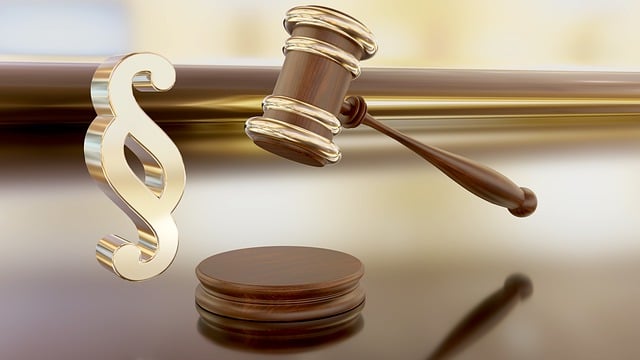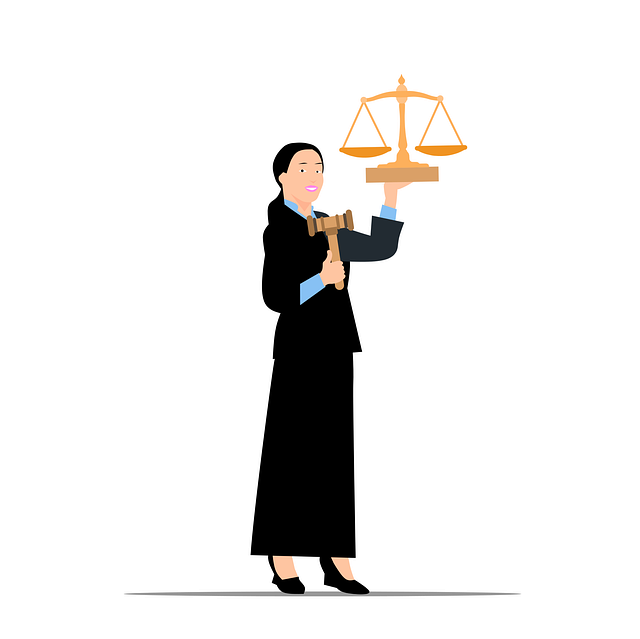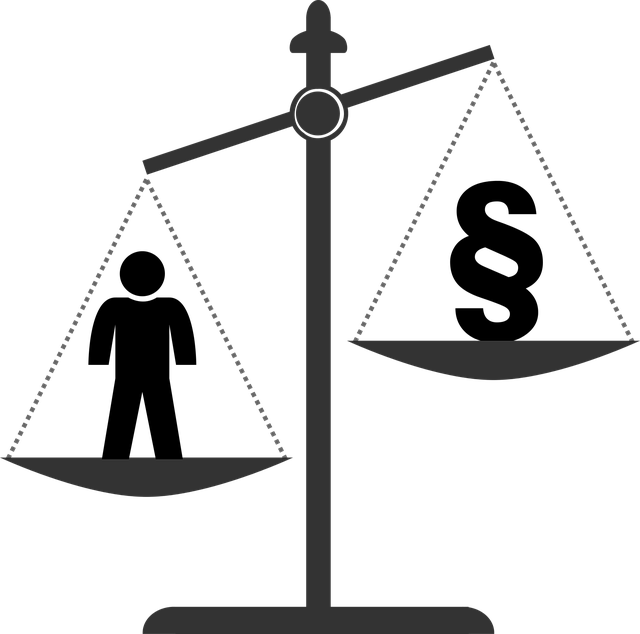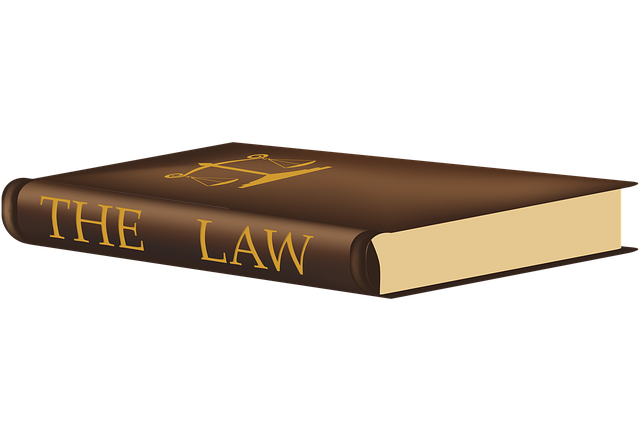The text delves into the Difference Between Libel and Slander, two forms of defamation with distinct legal implications. Libel involves permanent written falsehoods, while slander concerns verbal communication of false statements with malicious intent. Understanding these nuances is pivotal in criminal law, impacting defense strategies and potential indictments. The New York Times Co. v. Sullivan case established the "actual malice" standard, demanding plaintiffs prove defendants acted with knowledge of falsity or reckless disregard for truth. This has shaped legal approaches, emphasizing fact-checking to differentiate between written (libel) and verbal (slander) falsehoods, ultimately guiding justice in complex defamation cases.
“Dive into the intricate world of criminal law with our comprehensive guide on libel and slander. Unravel the subtle yet crucial difference between these two offensive statements, understanding their distinct definitions and legal implications. Explore real-world scenarios through notable cases, revealing the strategies employed in defenses and the consequences that follow. By examining these key offenses, readers will gain valuable insights into the complexities of criminal law.”
- Understanding Libel and Slander: Definitions and Key Differences
- Legal Ramifications and Defenses for Each Offense
- Real-World Examples: Exploring Notable Criminal Law Cases Involving Libel and Slander
Understanding Libel and Slander: Definitions and Key Differences
Libel and slander are both forms of defamation, but they differ significantly in their nature and legal implications. Libel refers to the publication of false statements presented as facts, causing harm to an individual’s reputation. This can include written or printed material, such as articles, books, or even digital content like social media posts. The key element here is the permanent or long-lasting nature of the publication, which allows the false information to spread and remain accessible.
On the other hand, slander involves verbal communication of false statements that harm someone’s reputation. Unlike libel, it doesn’t leave a tangible record but relies on word-of-mouth transmission. Slanderous statements must be made with malice or recklessness, indicating an intent to cause harm. In legal terms, understanding these differences is crucial for anyone involved in criminal law cases, especially those related to general criminal defense, as it can significantly impact how a court interprets and handles such accusations throughout all stages of the investigative and enforcement process, potentially avoiding indictment where applicable.
Legal Ramifications and Defenses for Each Offense
In criminal law, understanding the legal ramifications and available defenses for each offense is paramount. The difference between libel and slander, for instance, lies in their impact on reputation. Libel involves false written statements that harm one’s reputation, while slander refers to false spoken words with the same effect. Both carry severe consequences, with penalties ranging from monetary damages to imprisonment, depending on the jurisdiction and the level of harm caused.
Beyond these specific cases, various defenses can be employed across the country, especially in the realm of white-collar and economic crimes. Accused individuals may argue lack of intent, claiming they were unaware their actions were illegal or that they had no malicious intentions. Others might dispute the facts presented by the prosecution, relying on alibi or witness testimonies. Additionally, complex cases often turn on legal interpretations, with defenses focusing on the difference between civil and criminal liability and leveraging loopholes or ambiguities in the law.
Real-World Examples: Exploring Notable Criminal Law Cases Involving Libel and Slander
In the realm of criminal law, cases involving libel and slander present unique challenges. These real-world examples shed light on the intricate differences between libel and slander, two often misunderstood concepts. Libel refers to the publication of false statements that harm a person’s reputation, while slander involves verbal communication of these falsehoods.
Notably, New York Times Co. v. Sullivan stands as an unprecedented track record in defamation law. This landmark case established the actual malice standard, requiring plaintiffs to prove that defendants acted with knowledge of falsity or reckless disregard for the truth. Since then, many cases have navigated these complexities, often avoiding indictment by demonstrating a good-faith belief in the truth of their statements. For his clients, successful legal strategies in such cases often hinge on meticulous fact-checking and a thorough understanding of the difference between libel and slander, ultimately shaping the course of justice.
Libel and slander, though often confused, represent distinct forms of defamation with unique legal implications. Understanding their nuances—from defining each offense to recognizing potential defenses—is crucial in navigating Criminal Law. By examining real-world cases, we gain insights into the far-reaching consequences of these actions and the importance of distinguishing between them. This knowledge equips individuals and legal professionals alike to recognize, challenge, and ultimately prevent instances of libel and slander in society.






